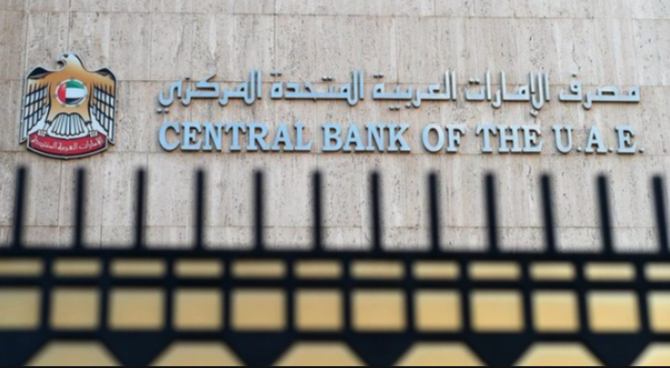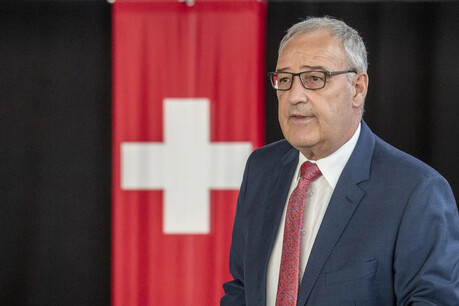
The United Arab Emirates (UAE) economy is on track for robust growth in 2024, driven by strong performance across key non-oil sectors, according to the Central Bank of the UAE (CBUAE). The bank's Quarterly Economic Review for December projects GDP growth at 4% this year, supported by tourism, transportation, finance, insurance, construction, real estate, and communications.
This positive outlook is expected to continue, with growth projected to accelerate to 4.5% in 2025 and 5.5% in 2026, as the country steadily diversifies its economy away from oil dependence. Non-oil GDP growth is forecast to remain robust, expanding by 4.9% in 2024 and 5% in 2025, driven by strategic government policies attracting foreign investment and promoting economic diversification.
Key Growth Drivers:
Non-Oil Sector: The non-oil sector continues to be a major driver of economic growth. In the second quarter, non-oil GDP grew by 4.8% year-on-year, driven by manufacturing, trade, transportation, and real estate.
Manufacturing: The manufacturing sector is witnessing significant growth, fueled by increased foreign direct investment, aligning with both federal and emirate-level strategies.
Construction: The construction sector has shown strong performance, driven by significant investments in infrastructure and development projects.
Trade: Non-oil trade exceeded 1.3 trillion dirhams ($353.9 billion) in the first half of the year, representing 134% of the country's GDP, a 10.6% year-on-year increase. This growth reflects the success of the UAE's comprehensive economic partnership agreements with various countries, which have strengthened trade relationships and driven exports.
Tourism: The tourism sector is expected to contribute significantly to economic growth, with the UAE aiming to increase its contribution to GDP to 450 billion dirhams under the "We the UAE 2031" vision.
Fiscal Sector Strength:
Government Revenue: Government revenue rose by 6.9% year-on-year in the first half of 2024, driven by a significant increase in tax revenues.
Fiscal Surplus: The fiscal surplus reached 65.7 billion dirhams, reflecting strong government finances.
Government Expenditure: Government capital expenditure surged by 51.7% year-on-year, reflecting the UAE's commitment to advancing large-scale infrastructure projects.
Private Sector Activity:
PMI: The UAE's Purchasing Managers' Index (PMI) reached 54.1 in October, signaling continued optimism among businesses driven by sustained demand and sales growth.
Employment and Wages: The number of employees covered by the CBUAE's Wages Protection System rose by 4% year-on-year in September, and average salaries increased by 7.2% during the same period, reflecting strong domestic consumption and sustainable GDP growth.
Outlook:
The UAE has set ambitious economic targets under the "We the UAE 2031" vision, aiming to double its GDP, generate 800 billion dirhams in non-oil exports, and raise the value of foreign trade to 4 trillion dirhams. The strong economic performance witnessed in 2024 provides a solid foundation for achieving these ambitious goals.
[Copyright (c) Global Economic Times. All Rights Reserved.]






























